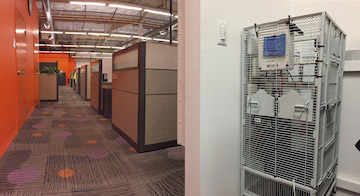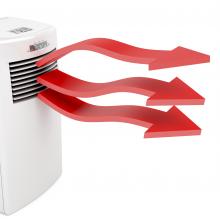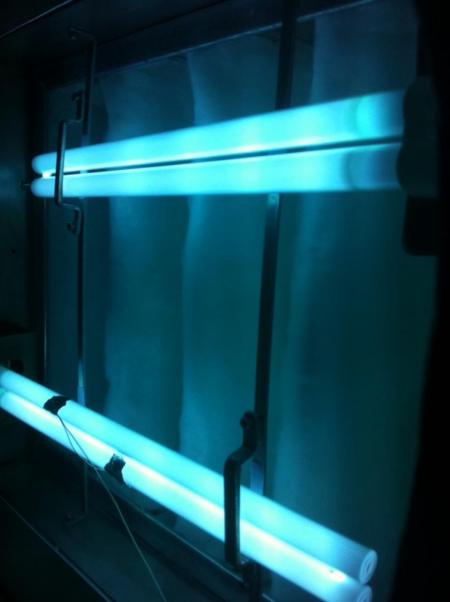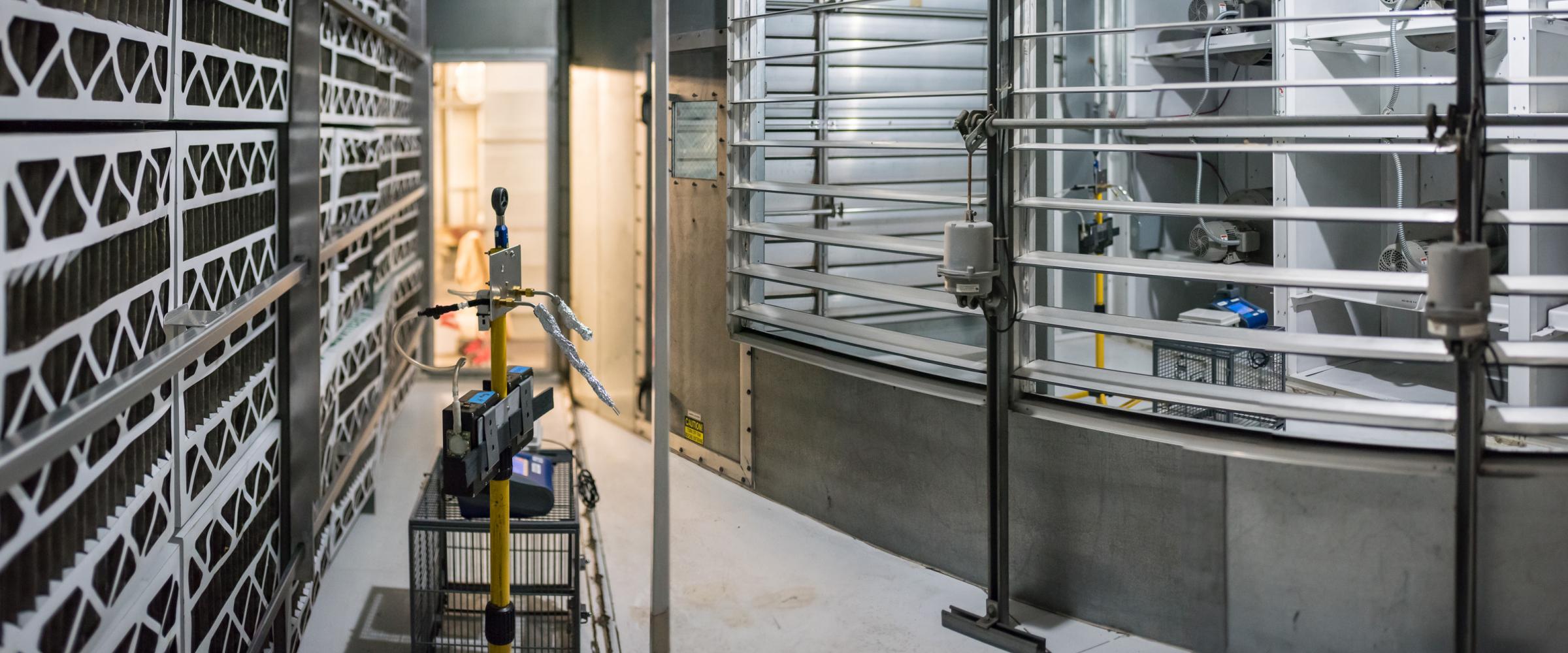Energy-Efficient Air Quality Control Technologies
Building Ventilation
Ventilation - providing air exchange with the outdoors - is one of the oldest and most important tools for indoor air quality management. Ventilation may be provided with mechical systems (fans) or by opening windows, doors and other airflow pathways - so called "natural" ventilation. Air is exchanged with the outdoor also through Infiltration, or uncontrolled "leakage" of air through cracks and holes in building envelopes. Ventilation reduces indoor concentrations of indoor-generated air pollutants; but it can also lead to higher indoor concentrations of some pollutants from outdoors. Under many conditions, ventilation increases building energy use because admitted outdoor air must be heated, cooled and/or dehumidified.
The Indoor Environment Group has a long history of research on building ventilation. The Group studies how rates and methods of ventilation, including natural ventilation, affect indoor air pollutant concentrations as well as prevalence rates of acute "sick building" health symptoms, absence rates, work performance, and the risks of chronic adverse health effects. We are developing and evaluating methods  of measuring ventilation rates, and studying how to use sensors to automatically control ventilation. The goal of this research is to save ventilation related enegy and peak loads while improving indoor air quality. A key supporting activity is to inform the development of industry standards for minimum ventilation rates and the potential to use air cleaning to reduce ventilation rates.
of measuring ventilation rates, and studying how to use sensors to automatically control ventilation. The goal of this research is to save ventilation related enegy and peak loads while improving indoor air quality. A key supporting activity is to inform the development of industry standards for minimum ventilation rates and the potential to use air cleaning to reduce ventilation rates.
The Air-Cleaning Process
 Removing particles, volatile organic compounds (VOCs) and CO2 can improve indoor air quality and enable ventilation energy savings. Different methods can be used to remove pollutants from indoor air, including mature technologies relying on adsorption or chemisorption and emerging technologies based on room-temperature catalysis and photocatalysis. The Indoor Environment Group carries out research to evaluate and optimize the performance of novel air cleaning technologies that remove indoor VOCs. We develop methods to test air cleaning devices under realistic conditions.
Removing particles, volatile organic compounds (VOCs) and CO2 can improve indoor air quality and enable ventilation energy savings. Different methods can be used to remove pollutants from indoor air, including mature technologies relying on adsorption or chemisorption and emerging technologies based on room-temperature catalysis and photocatalysis. The Indoor Environment Group carries out research to evaluate and optimize the performance of novel air cleaning technologies that remove indoor VOCs. We develop methods to test air cleaning devices under realistic conditions.

 Photocatalytic oxidation (PCO) is one type of air cleaning technology that adsorbs VOCs reversibly to a photocatalyst and can be photooxidized, yielding intermediate, partially-oxidized species and final byproducts such as CO2 and water. The process involves a high-surface substrate coated with titanium dioxide (TiO2) nanoparticles that are irradiated with ultraviolet light. The complete oxidation to inorganic products (mineralization), is the ultimate goal of the air cleaning process. In past projects, we developed methods to evaluate the performance of active and passive PCO systems under realistic conditions using multi-component VOC mixtures at low concentrations (<10 ppb) and short contact times (milliseconds) using room-sized chambers.
Photocatalytic oxidation (PCO) is one type of air cleaning technology that adsorbs VOCs reversibly to a photocatalyst and can be photooxidized, yielding intermediate, partially-oxidized species and final byproducts such as CO2 and water. The process involves a high-surface substrate coated with titanium dioxide (TiO2) nanoparticles that are irradiated with ultraviolet light. The complete oxidation to inorganic products (mineralization), is the ultimate goal of the air cleaning process. In past projects, we developed methods to evaluate the performance of active and passive PCO systems under realistic conditions using multi-component VOC mixtures at low concentrations (<10 ppb) and short contact times (milliseconds) using room-sized chambers.
Some of our projects involve the synthesis and characterization of supported catalysts that react with indoor pollutants at room temperature without requiring photoactivation. We synthesized and characterized a manganese oxide catalyst with high surface area that shows remarkably high formaldehyde removal efficiencies and quantitative mineralization to CO2. The catalyst showed promising performance both in laboratory and field demonstrations.
